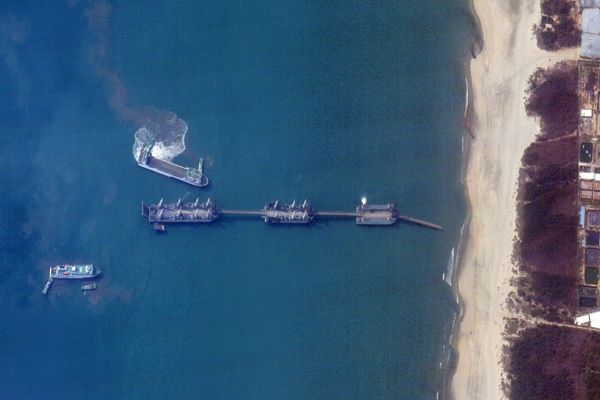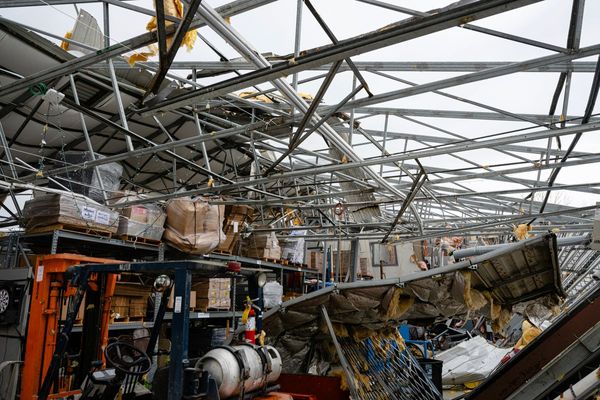
Aircraft contrails – or clouds of condensation behind planes – have been a familiar sight in skies across the world since the start of the jet age. However, a new experiment by Google and American Airlines suggests they could soon become much rarer, in a small but significant win that could assist the battle to cut aviation emissions.
Pilots flying using artificial intelligence models to choose different altitudes were able to reduce contrails by 54%, with further improvements expected, Google said in a blogpost on Tuesday night.
“This is the first proof point that commercial flights can verifiably avoid contrails and thereby reduce their climate impact,” wrote Carl Elkin and Dinesh Sanekommu, who both work for Google.
Contrails form when soot from aircraft engines that burns kerosene clumps together with particles of water in humid air, allowing ice to form. Those particles then absorb and trap solar radiation, acting as a blanket around the Earth and contributing towards global heating.
Aviation accounts for about 2.5% of global CO₂ emissions, but that rises to 3.5% of global heating effects when taking non-CO₂ pollutants into account. While other sectors such as road transport contribute more to global heating, research on aviation is particularly urgent because no technology exists at scale to decarbonise long-haul plane travel. Demand is expected to soar in the coming decades as poorer countries become wealthier.
Contrails account for the largest share of non-carbon warming from planes, according to Our World in Data. Aircraft manufacturers such as Airbus and Boeing have also looked at ways to reduce contrails, including avoiding areas that will cause them.
Google, which is owned by the parent company Alphabet, said its researchers worked with American Airlines to try to identify routes that would not cause contrails. Google combined a contrail model created by Breakthrough Energy, a sustainable technology company started by Microsoft co-founder Bill Gates, with data such as satellite imagery, weather and flight path data. That allowed the company to develop contrail forecast maps.
Providing contrail avoidance services to airlines could prove to be a lucrative service for Google.
The experiment found that flights needed to burn 2% more fuel to avoid the contrails. However, Google said that the total increase in fuel burn across all of an airline’s flights could be limited to 0.3% because the majority of contrails are caused by a small proportion of flights.
The cost of avoiding the contrails could be between $5 (£3.90) and $25 per tonne of CO₂ equivalent, said Google. That could make it competitive with other forms of reduction in heating effects.
The Intergovernmental Panel on Climate Change (IPCC) has previously said the ice-supersaturated areas where contrails form tend to be only a few hundred metres tall. An IPCC report, published last year, said that contrail avoidance could take “up to a decade to mature”, but the Google experiment suggests the technology could be ready earlier than that.







